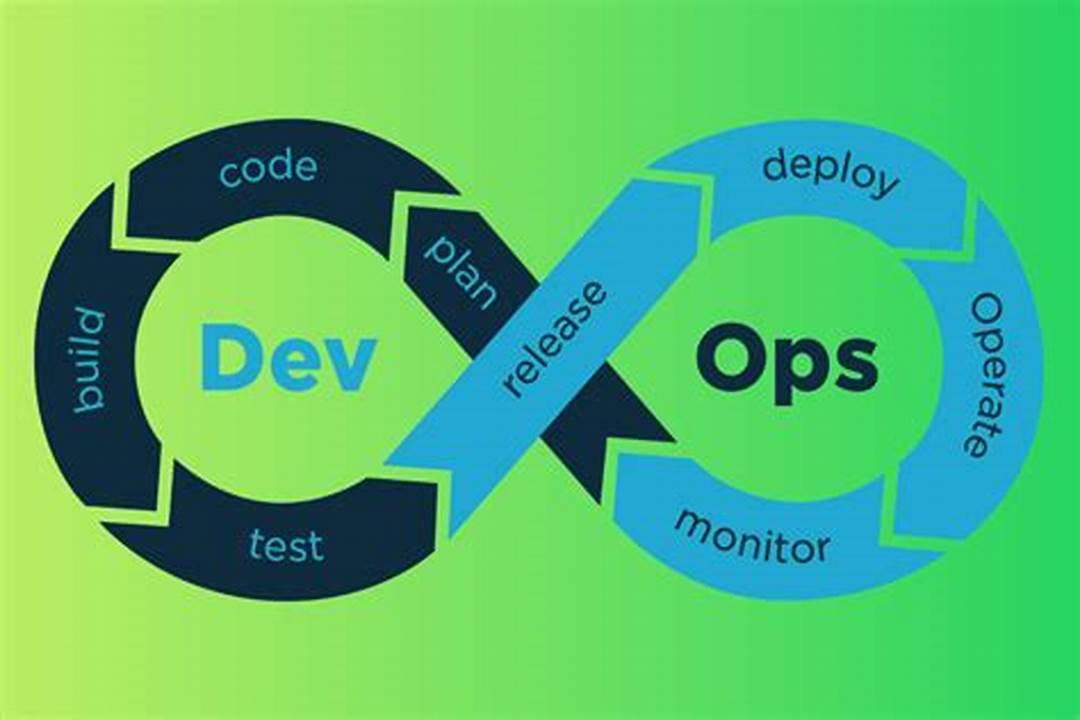Categories
Courses Categories

AWS Course Content
Duration:2 Months
- AWS Free Tier
- Business case for AWS
- AWS Architecture and Compliance
- Architecture Discussion and Lab Preparation
- Purchasing Domain Names with Route 53
- Creating an S3 Bucket and Hosting our Website
- Creating an SSL Certificate with AWS Certificate Manager
- Creating a CloudFront Distribution
- Routing Traffic with AWS Route 53
- Identity and Access Management (IAM) - Foundations
- Lab Session - Identity and Access Management (IAM) Core Knowledge
- Lab Session - Multi Factor Authentication (MFA)
- Hands On - Trusted Adviser
- Elastic Compute Cloud (EC2)
- Lab Session - Connecting to EC2 Linux Instances
- Lab Session - Connecting to EC2 Windows Instances
- Simple Storage Service (S3)
- S3 Version Control and Lifecycle Management
- Databases on AWS
- Virtual Private Cloud
- Exploring the default VPC
- CloudWatch
- Deployment on AWS
- Demonstration - Blue-Green Deployments on AWS
- CloudFormation
- Lab Session -CloudFormation
- AWS Analytics
- Preparing for the AWS Certified Cloud Practitioner Exam
IBM WebSphere Application Server Course Content:-
Duration:45 Days
- Basic Linux Commands
- Download and Install VMWare17.X with genuine Key
- Centos7/9 Install and configure
- Install Winscp and SSH Tools
- Install InstallationManager
- Install WebSphere Product
- Create Profiles and Federation
- Cluster Configuration and App.Deployment (through Script or GUI Mode i.e Console)
- LDAP Creation and AD Configuration (Active Directory)
- create User and Assign Roles to the user
- SSL Certificate Install and renewal personal and third Party Certificate
- FixPack Installation WAS 8.5.5.0 to 8.5.5.21 ; for WAS9.0 to 9.0.5.16
- Configure JCONSOLE For monitoring the Servers JAVA MONITORING MANAGEMENT CONSOLE
- GARBAGE COLLECTIN POLICIES Configured
- HEAP AND THREAD DUMPS
- IHS Installations and Integration
- logs analyzing (SystemOut.log and SystemErr.log,FFDC)
- Memory purpose (Nativestdout.log and NativestdErr.log)
- IHS (access.log,error.log)
- DataSource Creation (Oracle/Sql Server) //windows
- TLS Version Change.


Oracle WebLogic Course Content:-
Duration:45 Days
- Administer Oracle WebLogic Server 14c (14.1.1.0.0) is a scalable, enterprise-ready Java Platform, Enterprise Edition (Java EE) application server. Learn how to develop, secure, deploy, and administer Java EE applications, such as web applications, EJBs, web services, and more.
- Learn About System Administration.
- Choose the management technology for administrative tasks.
- Use the Administration Console.
- Learn about system administration tools.
- Learn about Administration Console accessibility.
- Learn About Server Startup and Shutdown.
- Overview of starting and stopping servers.
- Understand the server life cycle.
- Use Node Manager to control remote servers.
- Starting and stopping servers in a dynamic cluster.
- Use WebLogic Server Scripting Tool (WLST).
- Start and stop servers: quick reference.
- Learn About WebLogic Server Domains.
- Understand domains.
- Understand WebLogic clusters.
- Understand Coherence clusters.
- Configure the Environment.
- Configure WebLogic logging services.
- Configure database connectivity.
- Configure messaging.
- Configure the persistent store.
- Configure transactions.
- Configure concurrent resources.
- Manage the Environment.
- Administer with the Administration Console.
- Administer web services.
- Administer with RESTful management services.
- Manage configuration changes.
- Create custom management utilities.
- Use the batch processing runtime.
- Create, Extend, and Replicate Domains.
- Use the configuration wizard.
- Use the pack and unpack command.
- Use domain templates.
- Use WLST.
- Configure the Environment for High Availability.
- Understand cluster architectures.
- Set up clusters.
- Expand or reduce dynamic clusters.
- Configure elasticity in dynamic clusters.
- Use session replication across clusters.
- Create dynamic clusters.
- Configure Coherence clusters.
- Use Work Managers to prioritize application execution.
- Avoid and manage overload.
- Use the persistent store.
- Manage Server and Network Communications.
- Configure network resources.
- Configure web server functionality.
DevOps Course Content:-
Course Duraton:2 Months
- Week 1 – DevOps Fundamentals and Git.
- Week 2 – Docker & Containerization.
- Week 3 – CI/CD with Jenkins and GitHub Actions.
- Week 4 – Kubernetes & Container Orchestration.
- Week 5 – Cloud Services & AWS Fundamentals.
- Week 6 – Configuration Management with Ansible & DevOps Services.
- Week 7 – Infrastructure as Code (IAC) with Terraform.
- Week 8 – Monitoring, Logging, and Project.



